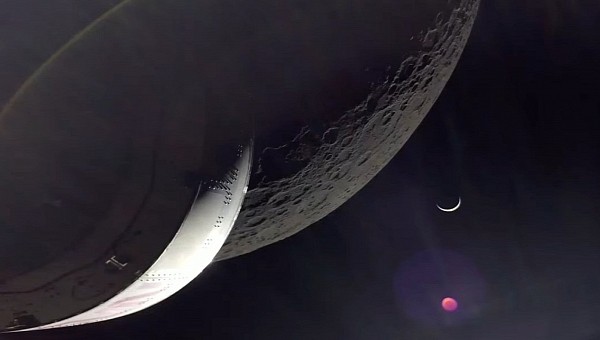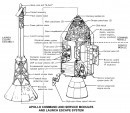Say what you will about the Artemis program being an expensive project. That statement in itself isn't necessarily untrue. But seeing how well Artemis I and its Orion spacecraft have faired on its first venture around the Moon, you start to see where the money's going. After a near-flawless launch, transit, and orbit around the Moon, Artemis is coming home.
Nearly three weeks in outer space appear to have not phased Lockheed Martin's prized crew-capable space capsule or its Airbus/ESA European Service Module tag-team partner. The duo went on to smash the record for the farthest distance ever reached for an Earth-returning, crew-capable spacecraft. Orion followed this up with an orbit that reached as low as 80 miles (128.7 km) above the Lunar regolith on its second pass.
After two weeks in Lunar orbit, the next order of business was to prep for an engine burn to get back home. After a slight maintenance-burn maneuver to keep Artemis I's retrograde orbit on track, Orion's single Aerojet-Rocketdyne main engine roared to life for roughly three and a half minutes to get on course for a hasty Earth return.
All that's left now is the cruising stage back to Low Earth Orbit (LEO), followed by a de-orbit maneuver that brings the now-detached Orion module's heat shield in contact with the Earth's upper atmosphere. The fire of re-entry will cause a brief communications blackout as unavoidable as it was during the Apollo days. Even today, it's a nail-biting seven-or-so minute of terror between loss of signal and re-establishment while the spacecraft descends into the waters of the Pacific Ocean under a parachute.
Don't be mistaken; atmospheric re-entry is never to be taken lightly. But as the Navy says, any landing you can walk away from is a successful one. That most certainly applies to space missions too.
After two weeks in Lunar orbit, the next order of business was to prep for an engine burn to get back home. After a slight maintenance-burn maneuver to keep Artemis I's retrograde orbit on track, Orion's single Aerojet-Rocketdyne main engine roared to life for roughly three and a half minutes to get on course for a hasty Earth return.
All that's left now is the cruising stage back to Low Earth Orbit (LEO), followed by a de-orbit maneuver that brings the now-detached Orion module's heat shield in contact with the Earth's upper atmosphere. The fire of re-entry will cause a brief communications blackout as unavoidable as it was during the Apollo days. Even today, it's a nail-biting seven-or-so minute of terror between loss of signal and re-establishment while the spacecraft descends into the waters of the Pacific Ocean under a parachute.
Don't be mistaken; atmospheric re-entry is never to be taken lightly. But as the Navy says, any landing you can walk away from is a successful one. That most certainly applies to space missions too.















